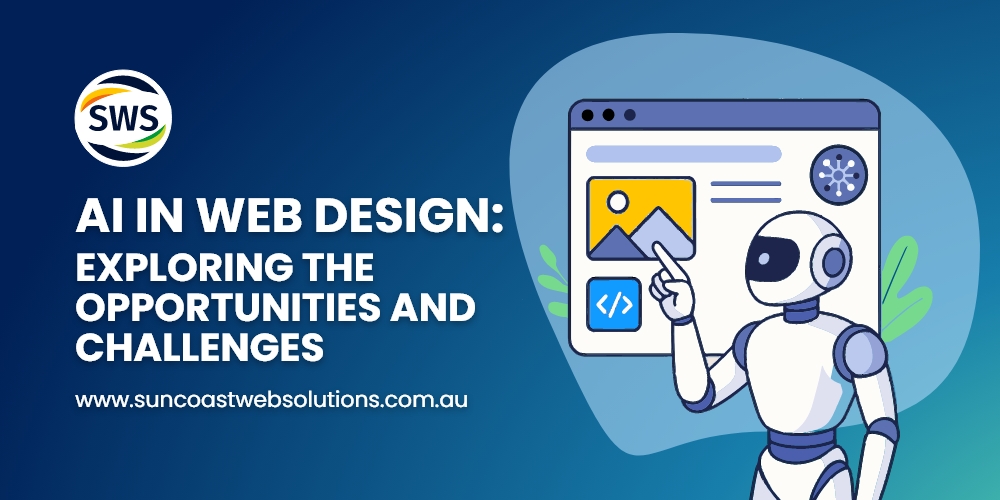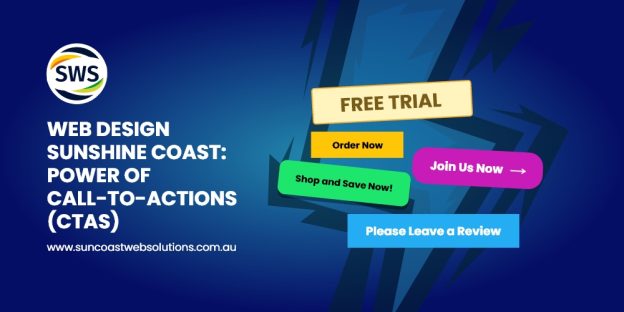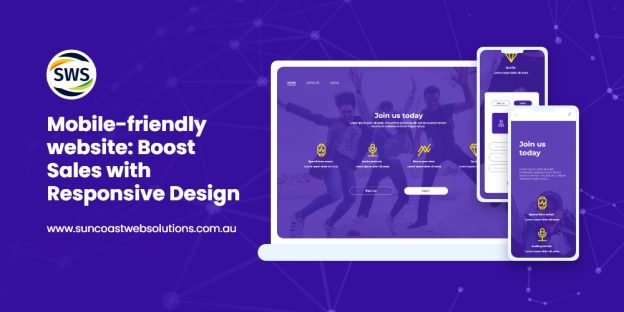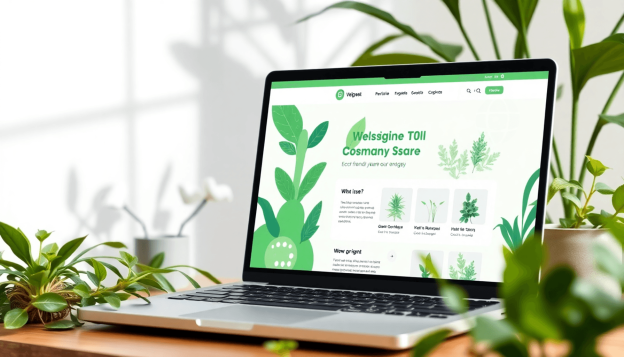
 21st Apr, 2025
21st Apr, 2025
Why AI in Web Design Matters
AI in Web Design is changing how we build, view, and interact with websites. You have likely heard the buzz about automated layouts, personalised content, and predictive analytics. It all sounds promising, but it can also spark questions about data privacy, job security, and what it means to be creative in a field that now leans on smart tools.
This post is here to make sense of it all. We will talk about the key ways AI in Web Design can help you work faster and smarter. We will also look at the possible pitfalls, from cost concerns to ethical debates. By the end, you will see how these technologies can sit comfortably alongside human talent, rather than replace it. No need for complex jargon or theory. Just real talk about why AI in Web Design is worth your attention and how you can adapt with confidence.
What Is AI in Web Design?
At its heart, AI in Web Design uses computer systems that learn from data and make predictions or decisions with minimal human intervention. You might hear it called Artificial Intelligence in Web Development or see references to AI-Powered Web Design Tools. Whatever the label, the core idea is the same. Machines handle tasks that used to eat up your time, such as sorting images, flagging errors in code, or suggesting layouts based on user preferences.
But AI is not just about speed. It can also spot user behavior patterns you might miss. For instance, it could show that more people leave your site after scrolling halfway down your
homepage. Armed with this insight, you might change the layout or add a more direct call-to-action. That is where AI in Web Design can transform guesswork into a thoughtful, data-driven process.
In short, AI aims to help you make better websites. You stay in control of the creative direction, but you lean on machine intelligence for the heavy lifting.
Why Does AI in Web Design Matter?
Websites used to be simple. They were static pages without much flair or deep insight into user behavior. That is no longer enough. People now want fast, sleek, and personalised experiences. If a site takes too long to load, many folks leave and never come back. If they do not see content that speaks to their interests, they get bored and click away. AI in Web Design offers a direct response to these high expectations.
It lets us shape experiences that adapt to each visitor. With AI-Powered Web Design Tools, you can create different variations of a page based on region or user history. You can quickly detect what people enjoy most, then refine your design to match those interests. This dynamic approach keeps your site relevant and fresh. It also helps you stand out in a crowded digital landscape, where attention spans are short and competition is high.
The Big Opportunities
1.Automation for Routine Tasks
One of the main perks of AI in Web Design is how it handles repetitive chores. If you have ever spent hours resizing images or reviewing code for small mistakes, you know how draining that can be. AI can handle:
- Automatic image cropping
- Style checks for fonts and color consistency
- Basic coding suggestions or error checks
These tasks do not require artistic flair. By offloading them to AI, you free up mental space to focus on higher-level design ideas. This is where you can shine. AI in Web Design will not steal your spotlight. It will take care of the background tasks so you can put your energy into creativity.
2.Personalisation Boosts Engagement
Personalisation is what transforms a generic website into a place where users feel seen.
AI-Driven User Experience involves tailoring the look or content of a site to match a user’s behavior, location, or past interactions. If you have visited a site that welcomed you by name or recommended products you actually liked, you have felt the power of personalisation.
- You might display different homepage banners for first-time vs. returning visitors.
- You can use AI to suggest content based on what a person clicked on last time.
- You can even alter color schemes during late-night hours to reduce eyestrain.
These details show users you care about their time and comfort. In the best scenarios, it can build loyalty and keep people coming back. AI in Web Design makes these personal touches scalable.
3.Data-Driven Decision-Making
Good design is not just about looks. It is about how well something works for real people. Historically, designers relied on gut feelings or small focus groups to judge a site’s performance. Now, AI can tap into large sets of user data. It can reveal hidden trends that help you refine your layout, navigation, or content strategy.
- Maybe you learn that your pricing page confuses people because they always leave within seconds.
- Maybe your blog posts are popular, but readers rarely sign up for your newsletter.
- Maybe certain images lead to higher clicks on your signup button.
With these insights, you can update your site more confidently. Instead of guessing, you make changes that align with user habits. That is the beauty of combining AI in Web Design with your own creative instincts.
The Challenges That Come With AI
1.Ethical Concerns
Any AI system must learn from data. That data can reveal personal details, like browsing patterns or geographic location. We have to be honest about how we collect it and why. If a user feels tricked or spied on, that trust can vanish quickly. Some AI models also carry algorithmic bias if the training data does not reflect a broad user base.
To be safe, consider these steps:
- Spell out your data collection policies in clear language.
- Offer users control over what information they share.
- Check your AI outputs for potential bias, especially if your site caters to a wide audience.
Respect for user privacy and fairness is crucial. AI in Web Design can lead to amazing personalisation, but that must never trump user rights or comfort.
2.Worries About Job Displacement
Automated design suggestions may make some folks nervous about their roles. If AI can generate layouts, pick fonts, and fix code, do we still need designers or developers?
Absolutely. AI in Web Design does not replace human judgment or storytelling. It handles tasks that are formulaic or time-consuming. A person still needs to guide the overall concept, choose the final design, and ensure it meets the emotional needs of users. Even the best AI will not read cultural contexts or emotional cues as naturally as a human can. So, rather than thinking of AI as a job killer, view it as a handy collaborator.
3.Cost and Technical Barriers
Not every organisation has the budget to bring on data scientists or pay for cutting-edge AI solutions. Even if you can afford it, you might need specialized knowledge to integrate these tools smoothly. Sometimes, the data you collect is messy or incomplete, leading to unreliable AI recommendations.
If you are worried about cost or complexity, you can still dip your toe in AI in Web Design without going all in:
- Use a low-code or no-code AI platform that offers automated features in a user-friendly package.
- Start by focusing on a single function, like AI-based image compression.
- Gradually scale up as you see results and gain expertise.
This step-by-step approach often works better than trying to reshape everything at once.
AI in UX/UI Design: A Real-World View
It helps to see what AI in Web Design looks like in actual projects. Below are examples that highlight both the upsides and the hurdles.
1.News Platform
A news site embraced AI-Powered Web Design Tools to reorder articles based on what each reader typically clicks. This approach kept viewers on the site longer and gave them content they found interesting. However, it also raised questions about filter bubbles, where users might only see stories that match their biases.
2.Online Retailer
A major e-commerce brand used AI-Driven User Experience strategies to suggest items based on past purchases. This boosted sales and user satisfaction. But the brand had to be upfront about data usage, so people understood how and why their clicks and purchases were being tracked.
3.Healthcare Portal
A medical website leveraged AI in Web Design to help match patients with the right healthcare providers. When someone needed a specialist, the AI used location, insurance coverage, and existing feedback to narrow the search. Patients found doctors faster, saving time for everyone. Yet the portal had to protect sensitive data and ensure the algorithm did not favor certain clinics unfairly.
These stories show how AI in Web Design can help shape better experiences, but each example also carried ethical or technical nuances. The key is a balanced, transparent approach.
Key Takeaways and Action Steps
1.Start Small
If you are new to AI in Web Design, pick one feature to implement—like a chatbot for customer service or a tool for automated layout suggestions. This way, you do not overwhelm your team or budget.
2.Stay Curious
There are constant updates in AI tools and methodologies. Reading a few articles or watching a webinar can keep you in the loop. Your willingness to learn matters more than perfect technical skills at the start.
3.Blend AI Insights with Human Creativity
AI might spot trends or handle routine tasks, but it cannot replicate the emotional intelligence or cultural understanding that humans bring. Use AI recommendations as a jumping-off point. Then refine them with your personal expertise.
4.Keep Ethics in Mind
Do not hide your data collection or personalisation settings from users. Explain the benefits clearly. Give them control where you can. This builds a sense of trust that keeps people coming back.
5.Embrace Iteration
AI in Web Design is not a one-and-done deal. As user behavior changes, your AI models might need updating. Keep track of what works and what does not. Tweak your approach based on real-world outcomes.
Common Myths About AI in Web Design
1.“AI Will Make Designers Obsolete”
Reality check: Humans still drive the vision. AI just handles repetitive or calculation-heavy tasks.
2.“Only Huge Companies Can Afford AI”
It is true that advanced AI solutions can be expensive. Yet there are simpler, more budget-friendly tools that small teams can try.
3.“AI Is Always Right”
AI makes predictions based on data. If that data is skewed or outdated, the predictions could be wrong or biased. You still need human oversight.
4.“Users Always Love Chatbots and Personalisation”
Some folks find chatbots impersonal or prefer less tracking. Testing is key. Always confirm that AI-based features genuinely help your audience.
Case Studies: AI in UX/UI Design at Work
Case Study 1: Fashion Retail App
A trendy clothing brand added AI-Powered Web Design Tools to its app. The system tracked user browsing patterns, like how often people viewed casual wear vs. formal outfits. The brand used this info to push relevant items to the top of product pages. Conversions increased by 25 percent, and returns decreased because people were more likely to pick styles that matched their tastes. On the flip side, some users complained they only saw limited options. The brand responded by adding a “browse more” button to let people step outside their normal style bubble.
Case Study 2: Educational Platform
An online learning site took advantage of AI in Web Design to provide personalized course suggestions. If a student struggled in a math quiz, the site recommended beginner-friendly materials before moving forward. If they excelled, it pointed them to advanced resources. This approach improved course completion rates. It also raised important questions about user data storage. Parents of younger students wanted clearer rules on what info was kept, leading the platform to add detailed FAQ sections on privacy.
Looking Ahead: The Future of AI in Web Design
We are still in the early days of AI in Web Design. Some experts predict that advanced algorithms could one day generate complete site designs in real time. If a sudden news event breaks, the layout could shift instantly to highlight it. If seasonal trends change, the color schemes or product features might auto-adjust.
Still, humans remain crucial. Machine learning tools cannot replicate your ability to read cultural nuances or respond to unpredictable world events. Designers, developers, and writers will continue to guide the core messages and brand identity of each site. The difference is that your process might become more efficient and more deeply informed by data.
We may also see AI in UX/UI Design expand into areas like voice interfaces, augmented reality, or even haptic feedback. These emerging mediums can benefit from AI-driven insights that
fine-tune user experiences in real time. But the underlying principles remain the same. AI is a partner, not the boss.
Conclusion: Embracing AI in Web Design
AI in Web Design gives you fresh ways to automate tasks, connect with users, and refine your layouts based on real data. It is not about replacing your unique creative instincts. Instead, it allows you to focus on those instincts more fully. The AI does the grunt work, and you steer the site’s purpose, message, and emotional tone.
However, any powerful tool demands responsible use. Keep a close eye on how you gather and store user data. Remain honest about personalisation features. Ensure your AI models serve a diverse user base. By staying transparent and committed to ethical practices, you can build trust while enjoying the speed and precision AI provides.
If you have ever felt swamped by routine tasks, AI in Web Design offers a welcome relief. If you have ever guessed at user desires, AI can point you toward clearer answers. Just remember that it is still your creativity guiding the final product. These technologies do not diminish your role, they expand it. As you adapt to these changing norms, you may find yourself producing your best work yet.
Are you curious about adding AI to your next project? Perhaps you have already tested some AI-Powered Web Design Tools and have opinions to share. Feel free to join the conversation.
The future of AI in Web Design is not set in stone. It is shaped by the choices we all make, one page and one user experience at a time.
Need a Website That Actually Works for Your Business?
Don’t gamble on your online success. Book a free strategy call and let’s build a site that grows your business – without the headaches.
WE ARE YOUR ONE-STOP INTERNET MARKETING SOLUTION ON THE SUNSHINE COAST!









